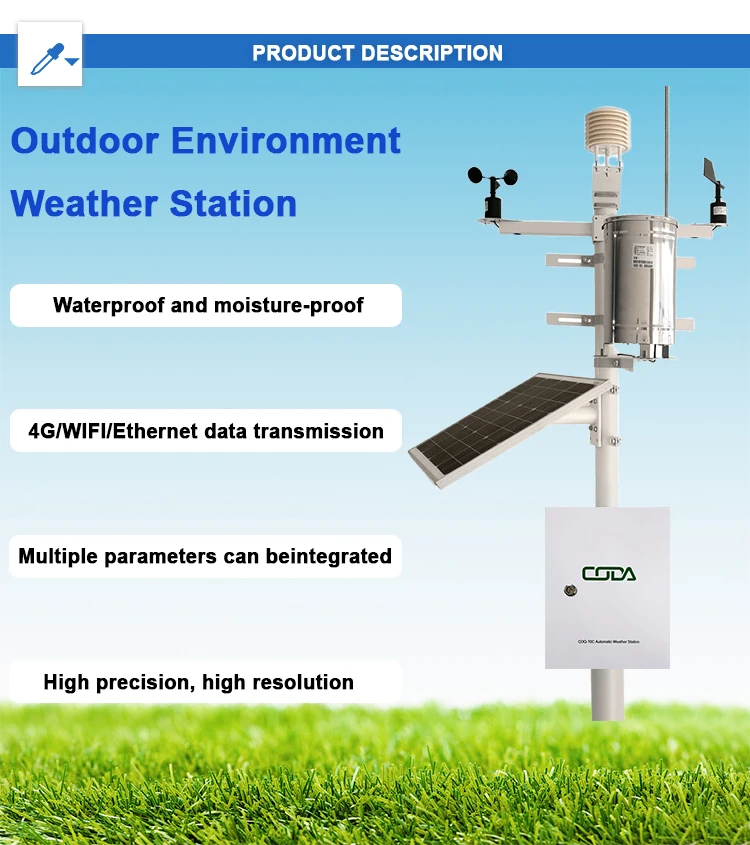Automatic Weather Station: Definition and Functionality

# Automatic Weather Station: Definition and Functionality
## What is an Automatic Weather Station?
An Automatic Weather Station (AWS) is a sophisticated system designed to collect meteorological data without human intervention. These stations are equipped with various sensors that measure atmospheric conditions such as temperature, humidity, wind speed and direction, rainfall, solar radiation, and barometric pressure.
AWS units have become increasingly important in modern meteorology, agriculture, aviation, and environmental monitoring due to their ability to provide continuous, real-time weather data.
## Key Components of an Automatic Weather Station
A typical AWS consists of several essential components:
– Sensors: Specialized instruments that measure specific weather parameters
– Data logger: A device that records and stores measurements
– Power supply: Usually solar panels with battery backup
– Communication system: Transmits data to central servers (via radio, cellular, or satellite)
– Mounting structure: Supports the equipment at optimal heights
## How Automatic Weather Stations Work
The functionality of an AWS follows a systematic process:
1. Sensors continuously monitor environmental conditions
2. Measurements are converted into electrical signals
3. The data logger collects and stores these readings
4. Information is transmitted to a central database at regular intervals
5. Data undergoes quality control checks
6. Processed information becomes available for analysis and forecasting
## Applications of Automatic Weather Stations
Automatic Weather Stations serve numerous purposes across different sectors:
– Weather forecasting and climate research
– Agricultural planning and irrigation management
– Aviation weather monitoring
– Hydrological studies and flood prediction
– Renewable energy production optimization
– Construction and infrastructure projects
– Environmental monitoring and conservation efforts
## Advantages of Automatic Weather Stations
AWS offer significant benefits compared to traditional manual weather stations:
– Continuous operation (24/7 data collection)
– High accuracy and consistency in measurements
– Remote monitoring capabilities
– Reduced labor costs
– Ability to operate in harsh or inaccessible locations
– Real-time data availability
– Long-term data storage for trend analysis
## Future Developments in AWS Technology
The field of automatic weather monitoring continues to evolve with:
– Integration of artificial intelligence for data analysis
– Development of more compact and energy-efficient sensors
– Improved wireless communication technologies
– Enhanced data security measures
– Greater interoperability between different monitoring systems
– Increased use of IoT (Internet of Things) technology
As climate monitoring becomes increasingly important, automatic weather stations will play a vital role in helping scientists, policymakers, and industries make informed decisions based on accurate, real-time meteorological data.
Keyword: what is automatic weather station
Categories: News